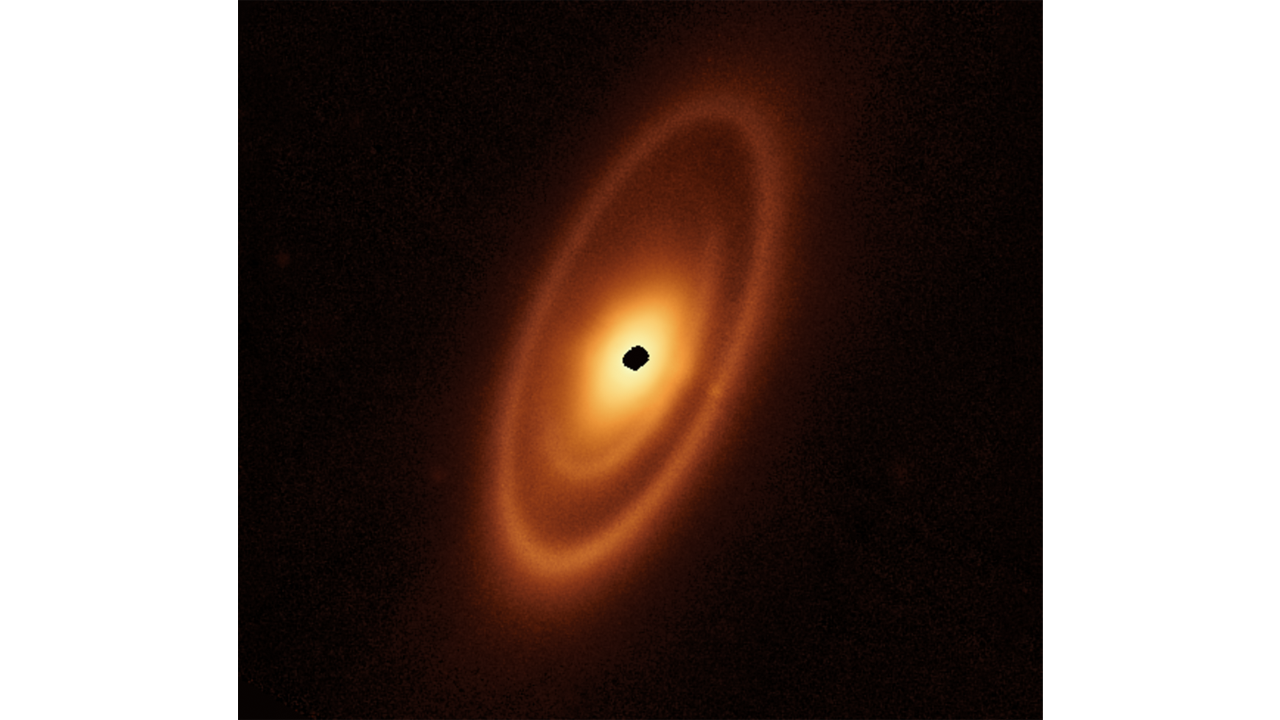NASA’s James Webb Telescope has shown asteroid belts outside our solar system in infrared light for the first time.
Astronomers found that the dusty structures of Fomalhaut, a nearby young star, are far more complex than those in our own solar system.
There are three nested belts extending out to 150 times the distance from Earth to the Sun from Fomalhaut. The outermost belt is twice the size of our Kuiper Belt. While the dust rings were first observed in 1983, the innermost rings are being seen for the first time.
András Gáspár of the University of Arizona in Tucson, lead author of a paper describing the results, viewed Fomalhaut as the archetype of debris disks found elsewhere in the galaxy.
“By looking at the patterns in these rings, we can actually start to make a little sketch of what a planetary system ought to look like — if we could actually take a deep enough picture to see the suspected planets,” he said.
George Rieke, team member and US science lead for Webb’s Mid-Infrared Instrument (MIRI), said Fomalhaut was like a “mystery novel” on where the planets are.
“I think it’s not a very big leap to say there’s probably a really interesting planetary system around the star,” he said.
The gravitational forces of these unseen planets likely carve these belts much like Jupiter and Neptune do in our own system.
Photo: Formalhaut Dusty Debris Disk (MIRI Image) by András Gáspár and Alyssa Pagan available HERE and used under a Creative Commons license. This image has not been modified.








